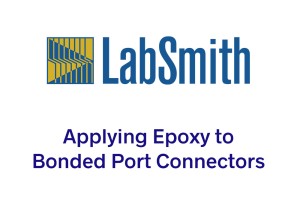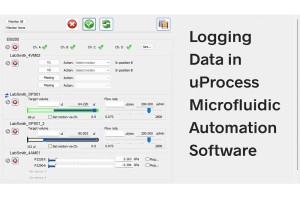
Logging Data in uProcess
Michael Duperly and Annika Armstrong
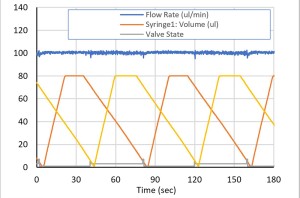
Continuous Flow with uProcess™ Automation
Nicholas Carrano and Michael Duperly
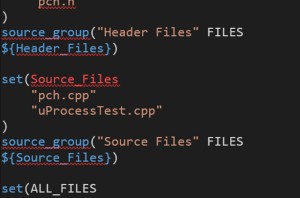
LabSmith uProcess SDK Visual Studio Code Setup
Nirajara Dungwatanawanich
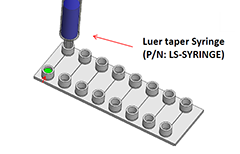
Microfluidic ChipShop Fluidic Interface Options
LabSmith application note
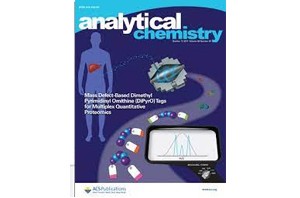
Dependence of Nonlinear Electrophoresis on Particle Size and Electrical Charge
Olivia D. Ernst et al
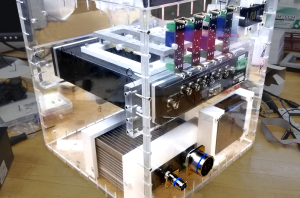
Studying Microparticles on the ISS
LabSmith news

Separation of Cells and Microparticles
Alaleh Vaghef-Koodehi et al
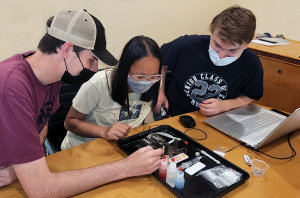
Step-by-Step Microfluidics Education
LabSmith application note
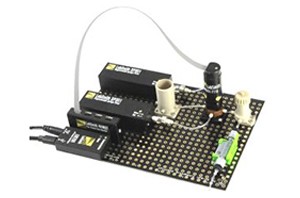
Sensirion Flow Sensor Control with uProcess
LabSmith application note
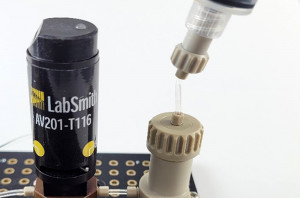
Degassing a Microfluidic System
LabSmith application note
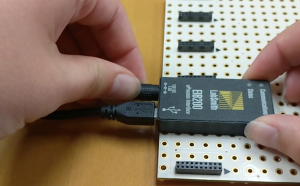
uProcess Software: Adding a new Interface
LabSmith application note
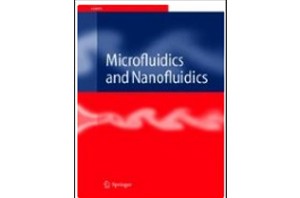
Particle-based Molecular Separation
Yi-Ying Wang et al
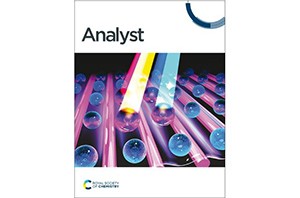
LSPR Sensor for Inflammatory Biomarker Detection
Jhih-Siang Chen et al

Microfluidics for Non-experts in Clinical Settings
Sally A. N. Gowers et al
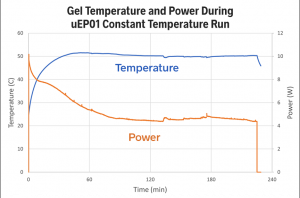
Gel Electrophoresis Temperature Regulation
Edison Cummings
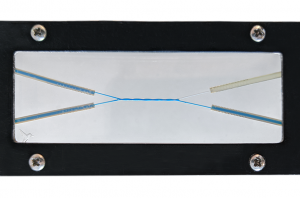
Zero Dead-Volume Mixing
LabSmith application note
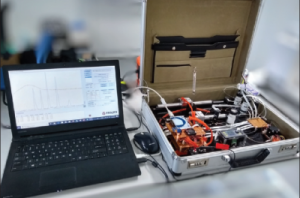
Miniature Liquid Chromatography System
Trajan Scientific and Medical
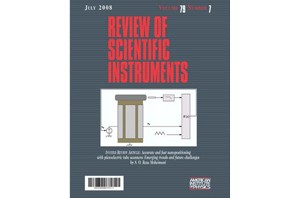
Analytical Electrolyzer for Characterization of Flow Plates
Danika G. Wheeler et al

Leak-Free, Zero Dead-Volume Connections
LabSmith application note
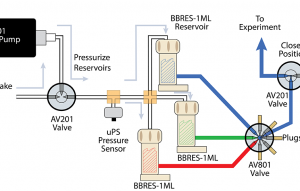
Automated Multi-Fluid Injection
LabSmith application note
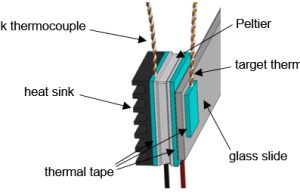
uProcess Thermal Control
Christine Cummings

Microfluidic Molecular Separation for Purine Derivatives Analysis
Yi‑Ying Wan et al
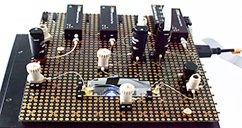
Coordinating Control Between uProcess and External Devices
LabSmith application note
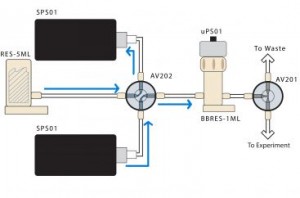
Pressure Driven Flow
Christine Cummings et al
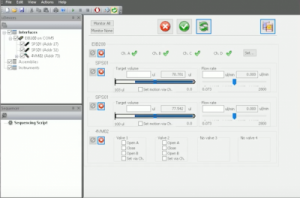
Introduction to uProcess and Using the Script Wizard
LabSmith application note
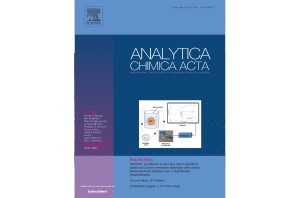
Portable MPLC using LabSmith’s uProcess Components
Dr. Mirek Macka et al
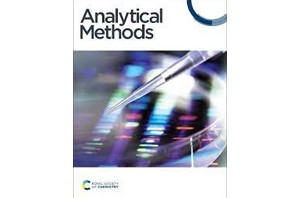
Microchip-Capillary Electrophoresis Device
Matthew T. Gordon et al
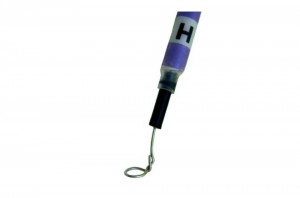
Applying Voltage to a Channel in a Microfluidic Chip
LabSmith application note
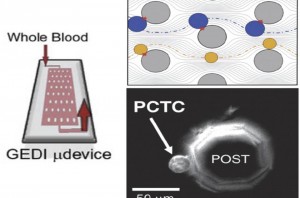
Circulating Tumor Cell Immuncapture Automation
Julia Wang et al
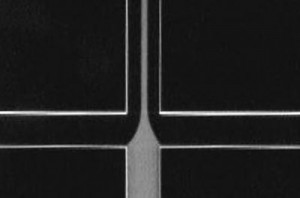
Hydrodynamic Focusing
Yolanda Fintschenko et al
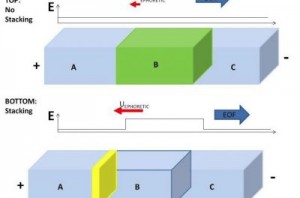
FASS for Sample Concentration in a Nanochannel
Elizaveta Davies et al
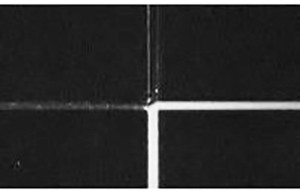
Electrokinetic Gated Injection
Elizaveta Davies et al
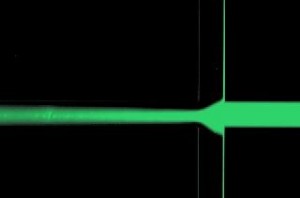
Pinched Microfluidic Injection
Yolanda Fintschenko et al
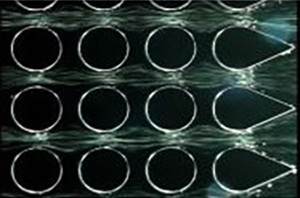
Improving Dielectrophoretic Concentrator
José I. Martinez-López et al
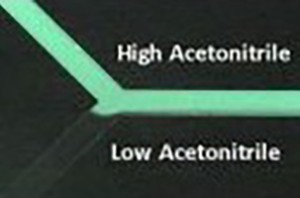
Gradient Elution Microchannel Electrochromatography
Michael W.L. Watson et al
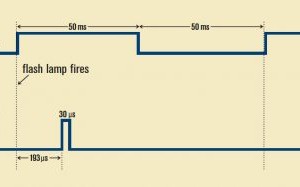
Laser Control with the LC880
LabSmith application note
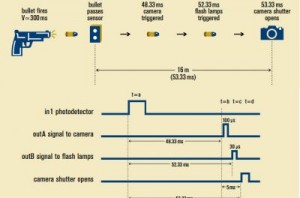
Timing a Ballistics Experiment with the LC880
LabSmith application note
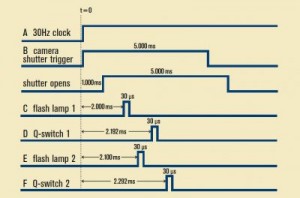
Timing a Two-Pulse Experiment with the LC880
LabSmith application note

Isolation of Prostate Tumor Initiating Cells
Alireza Salmanzadeh et al

Prediction of Trapping Zones
Javier L. Baylon-Cardiel et al

Gradient Elution in Micro Channel Electrochromatography
Watson, M.W.L et al
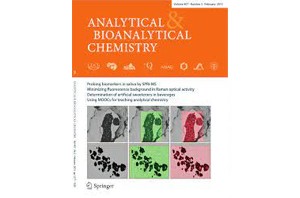
Improved Dielectrophoretic Concentration for iDEP
José I. Martínez-López et al
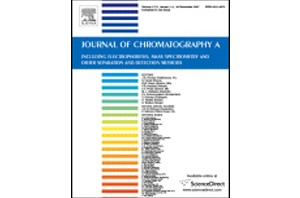
Protein Manipulation with iDEP
Blanca H. Lapizco-Encinas et al

Autonomous Microfluidic System for Detecting Airborne Biothreats
Jeanne C. Stachowiak et al

